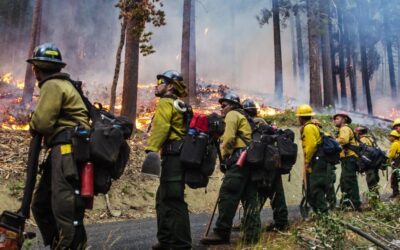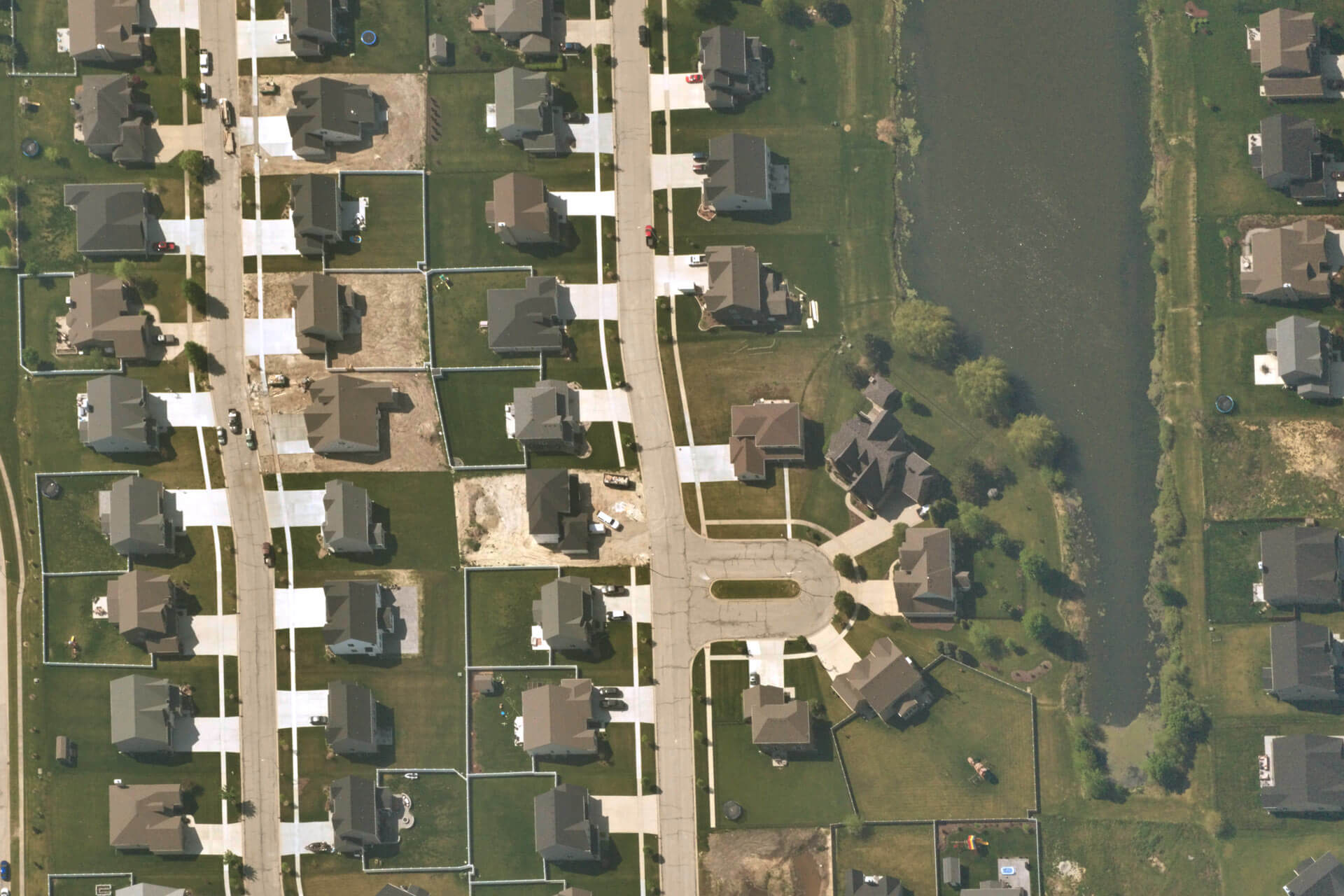Property and casualty insurance companies with large portfolios of residential and/or commercial buildings face challenges in staying up-to-date on the condition of the properties they insure. It is difficult to keep track of additions, such as swimming pools and trampolines, or changes such as missing roof tiles, that may affect the value of a property or its risk profile. Why? Policyholders may not report additions on a timely basis, an insurer using satellites to obtain overhead imaging may not obtain sufficient resolution to see such changes, and insurers relying on aerial imagery may find that imaging data is not refreshed often enough.
During the pandemic years of 2020 and 2021, homeowners’ additions, upgrades, and improvements accelerated, which posed challenging for underwriters to keep track of. According to Statista, home improvement expenditures jumped from $406.6 billion in 2019 to $497 billion in 2020 and have climbed ever since, reaching an estimated level of $558 billion in 2022. While P&C insurers have reflected some of this value in their renewals, much of this expenditure remains hidden to underwriters. Insurers, in other words, are leaving large sums of money on the table.
Insurers face even bigger challenges in evaluating damage in the wake of a major natural disaster, when in-person, on-site inspections may not be possible. Good claims service depends upon rapid access to data to enable a quick response, and, with disasters increasing in number and severity due to climate change, it’s more important than ever to have access to high-quality geospatial imagery to help authenticate and accelerate claims.
P&C insurers now have access to a new resource in the form of imagery from Near Space Labs (NSL). Near space is the layer of the atmosphere from 12 miles or about 60,000 feet up, where our autonomous fleet of Swifty robots operate to capture imagery at a city-wide scale – up to 1000 square kilometers in a single flight — at ultra-high-resolution. NSL was founded in 2017, and has operated the largest fleet of imagery robots since 2019, providing reliable high-quality data for enhanced workflows and better decision making.
The high-quality optical imagery provided by the Swiftys allows for detailed examination of a large area in a short period of time. What’s more, the imagery is refreshed every 90 days and can be obtained quickly, within 24 hours, in case of a natural disaster such as a hurricane, tornado, or wildfire.
Using NSL imagery, insurers can track normal wear and tear on a building and can readily establish a source of truth to compare the status of a property before and after a catastrophic event. This limits opportunities for fraud, which Progressive estimates to be as much as 10 percent of total claims paid.

10 cm image captured by NSL of existing roof damage.
Insurers have access to our imagery through an agile, configurable application processing interface (API), via our XYZ tile server, which allows them to download 10 cm orthomosaics directly into the platform or web viewer of their choice. We also partner with companies such as Arturo and UP42, so insurers can easily conduct analysis on their properties using our high-quality imagery.
High-quality geospatial data is an important resource for insurers seeking to identify additions and changes to covered properties, and quickly authenticate and accelerate claims to better serve their customers. Integrating this data with other advances in insurance technology such as analytics, cloud, IoT and sensors, machine learning and artificial intelligence can help insurers get a better picture of the current environment and a quicker read on post-disaster conditions. To learn more about how Near Space Labs can help your insurance organization, visit nearspacelabs.com/insurance.




